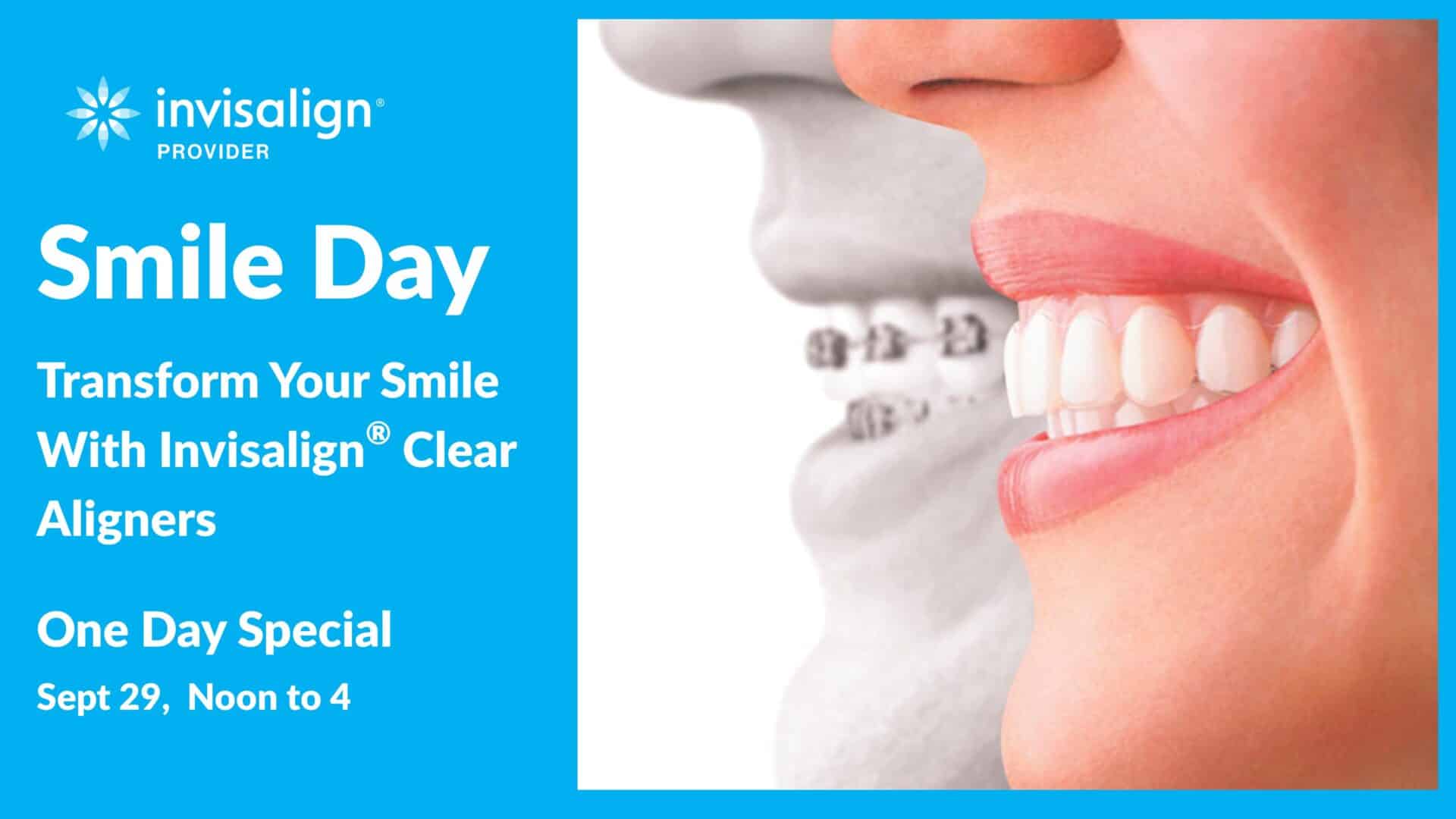Dental Bridges in Rapid City, SD
 Missing teeth can affect more than your appearance—they can alter your ability to chew, speak clearly, and maintain proper oral health. Dental bridges offer a trusted solution, effectively “bridging” the gap left by one or more missing teeth.
Missing teeth can affect more than your appearance—they can alter your ability to chew, speak clearly, and maintain proper oral health. Dental bridges offer a trusted solution, effectively “bridging” the gap left by one or more missing teeth.
Whether you’re seeking to enhance your smile or improve everyday comfort, dental bridges provide a durable, natural-looking option designed to last. At Orchard Meadows Family Dental & Denture Clinic, we offer custom dental bridges designed to restore function, enhance appearance, and protect your smile.
Benefits of Dental Bridges
Dental bridges offer more than just a cosmetic fix—they provide lasting advantages that can improve quality of life. Benefits include:
- Restored Functionality: With dental bridges, you can chew, bite, and speak with ease, as they fill gaps and restore natural oral function.
- Enhanced Appearance: Bridges are custom designed to blend seamlessly with your natural teeth, restoring the beauty of your smile and boosting your confidence.
- Prevent Teeth from Shifting: Missing teeth can cause surrounding teeth to shift, leading to bite problems and jaw misalignment. Dental bridges help keep your teeth properly aligned.
- Preserve Facial Structure: Over time, gaps in your smile can cause changes to your facial structure. Dental bridges support the surrounding teeth and jaw, helping maintain a youthful appearance.
- Durability and Long-Term Stability: Made from high-quality materials, dental bridges are designed to withstand daily use and, with proper care, can last for many years.
- Improved Oral Health: Dental bridges help protect against additional tooth loss, gum disease, and bone deterioration.
Why Choose Orchard Meadows for a Dental Bridge
At Orchard Meadows Family Dental & Denture Clinic, we combine expert care, affordability, and personalized attention to provide exceptional results for our patients. With a full-service dental office and an onsite cosmetic dentistry lab, our team can design and craft your custom dental bridge with precision and efficiency, ensuring a natural-looking, durable solution to restore your smile. Our dentists focus on patient-centered care, offering advanced preparation and detailed consultations to tailor treatment plans to your needs.
Our mission is to prioritize your comfort, care, and happiness throughout your dental journey. Whether you’re replacing one tooth or several, we aim to make the process as smooth and stress-free as possible. From the initial consultation to the final bridge placement, you can feel confident that our skilled team will deliver results that will meet your needs.
Frequently Asked Questions
How long does a dental bridge last?
A dental bridge can last approximately 10-15 years or longer with proper care.
Is getting a dental bridge painful?
The dentist usues local anesthesia, so the procedure is generally not painful. There may be some mild discomfort after the procedure, but typically it quickly subsides.
How do I know I’m a good candidate for a dental bridge?
If you have one or more missing teeth, healthy teeth adjacent to the open space that can support the bridge, and good oral health overall you are likely a good candidate for a dental bridge.
Can I eat normally with a dental bridge?
Yes! A properly fitted dental bridge allows you to eat most foods normally, but you may want to avoid very hard or sticky items.

